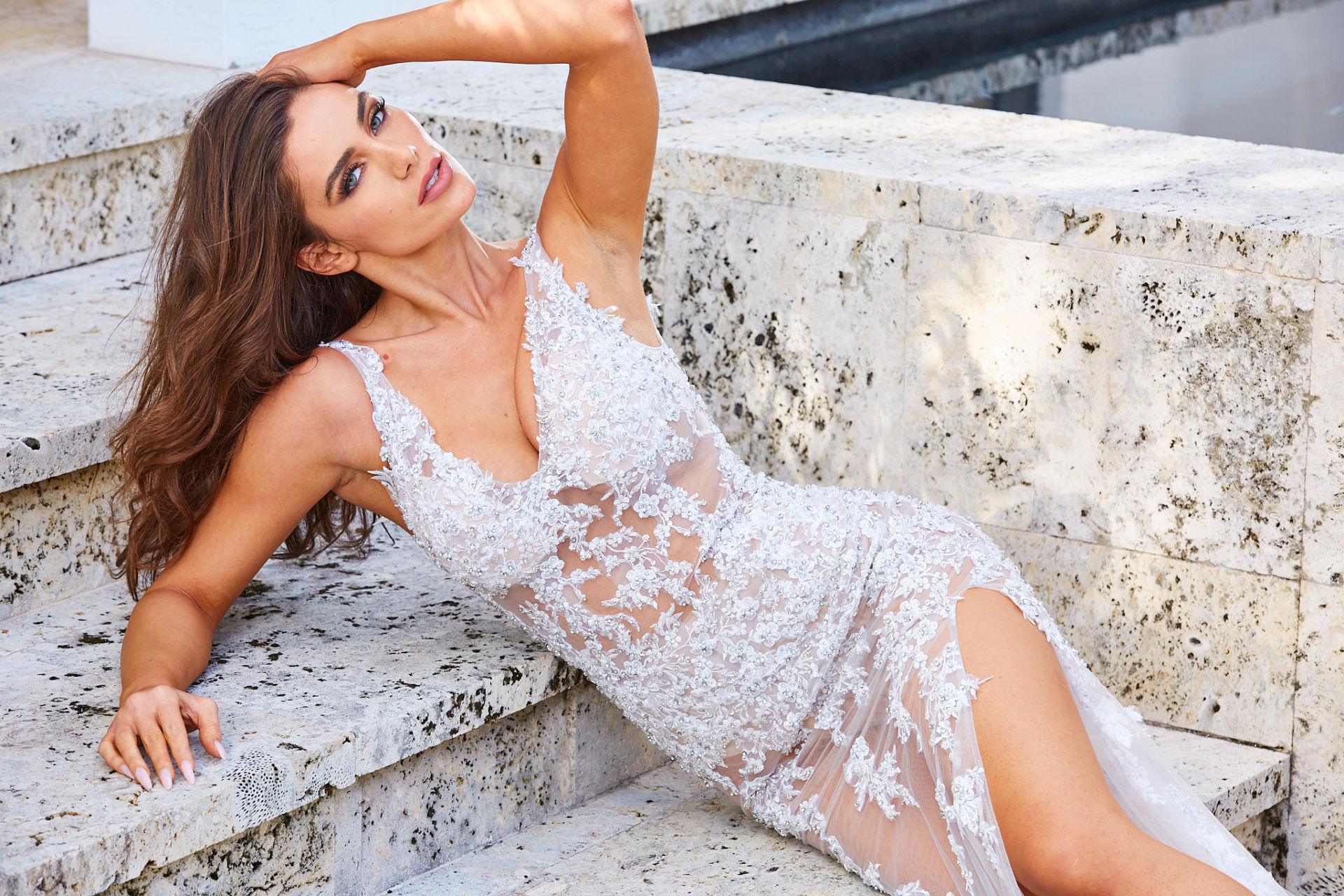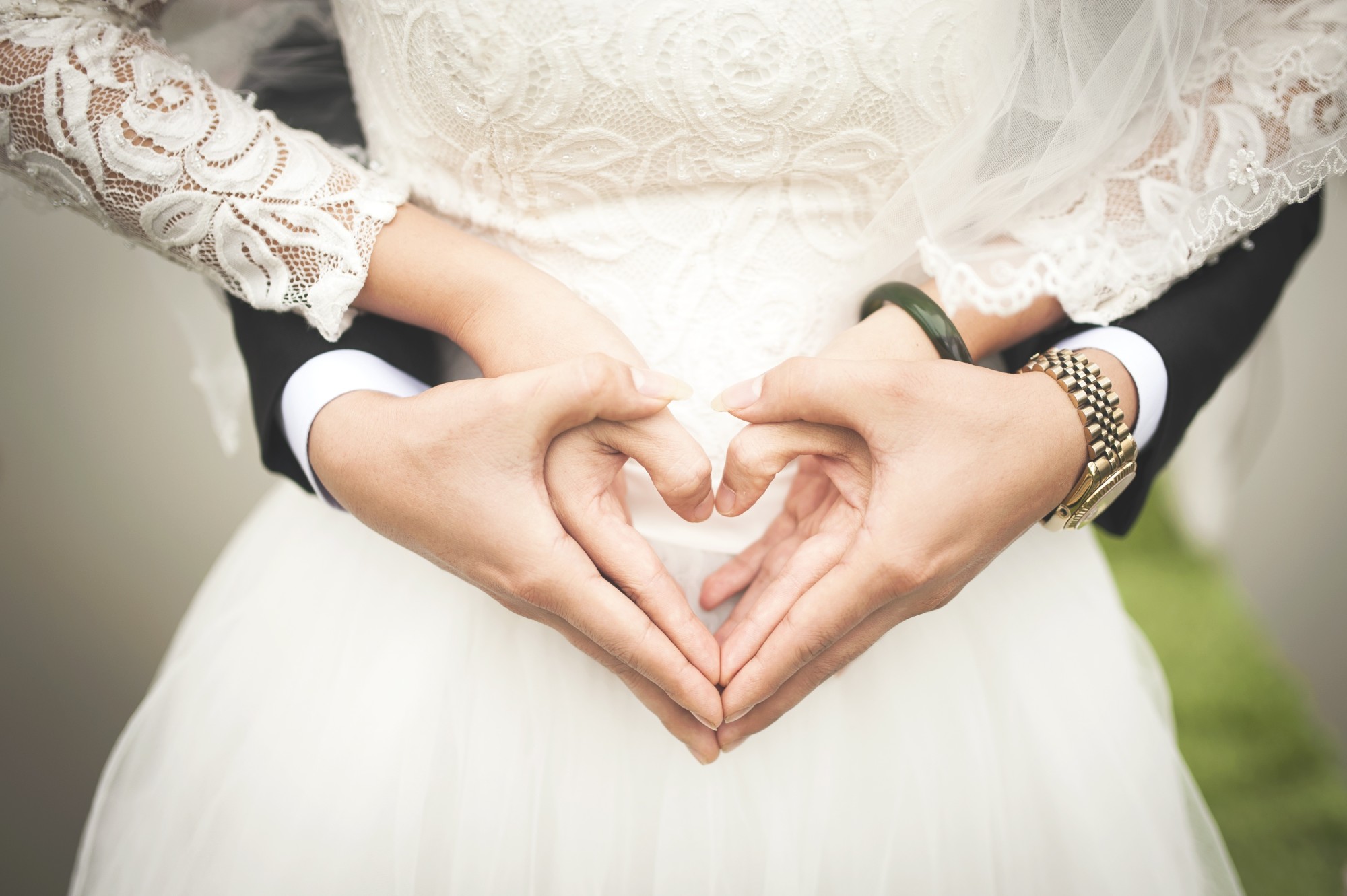- A First-Timer’s Guide to the Perfect Gala Dress - February 20, 2024
- How to Style Yellow Dresses for Every Occasion - February 12, 2024
- Exploring the Versatility of Brown Dresses: Casual to Formal Styles - February 11, 2024
In a world full of diverse cultures and traditions, the art of choosing the perfect wedding dress is a fascinating journey. From colorful patterns and intricate embroidery to elegant silk gowns and unique accessories, each culture showcases its distinct heritage through bridal fashion. Even with the influence of Western bridal fashion, many countries have maintained their traditional attire, creating a global tapestry of wedding dresses that is both diverse and mesmerizing. Let’s embark on a journey to explore these cultural variations in wedding dresses from around the world.
Key Takeaways
Japanese wedding attire combines traditional culture and modern elegance.
Indian bridal fashion is a visual symphony of colors, embroidery and mehndi designs.
Kenyan brides honor their tribal traditions with beaded jewelry and headpieces to create a fusion of modern & traditional elements.
Japanese Wedding Attire: A Blend of Tradition and Elegance

Most Japanese brides often wear a traditional kimono or a mix of both traditional and contemporary styles as their wedding attire. When it comes to what a bride wears, the traditional Japanese wedding dress, which the bride wore, consists of:
Silk or brocade fabric
Phoenix and dragon motifs
Red color
Mandarin collar
The elegance and grace of the kimono, coupled with the cultural heritage it represents, make it a timeless choice for Japanese brides.
Despite the ongoing popularity of the traditional kimono, a considerable number of Japanese brides opt for a fusion of Western bridal fashion elements, crafting a perfect balance between the old and the new. This fusion of styles showcases the evolving nature of bridal fashion, while still honoring the cultural significance of traditional attire.
Indian Bridal Fashion: A Symphony of Colors and Embroidery
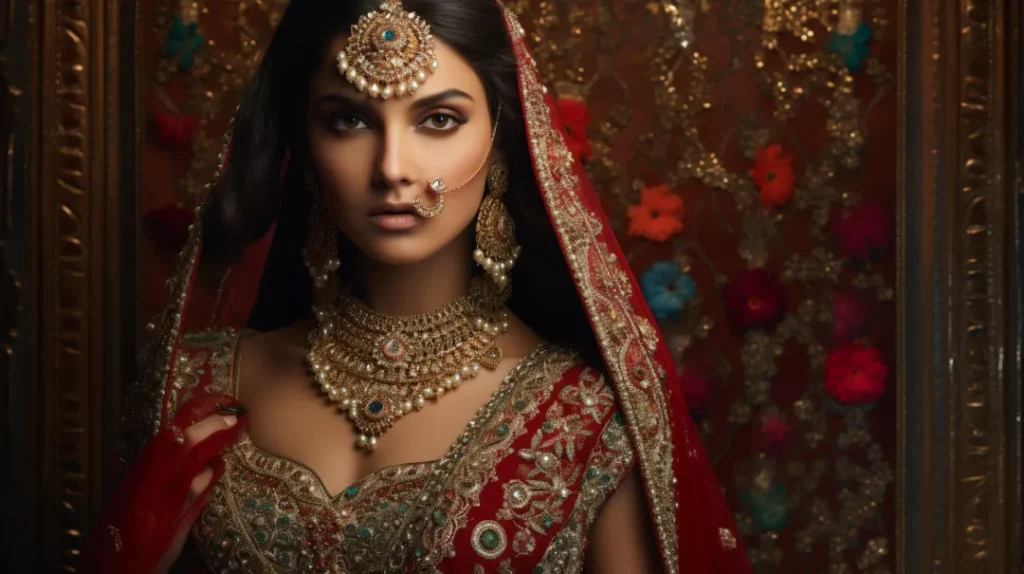
Presenting a spectacle of vivid colors, Indian brides opt for resplendent lehengas or sarees as their colorful wedding dresses, including red wedding dresses. These traditional garments are adorned with intricate embroidery, jewelry, and henna designs, creating a visual symphony that reflects the joy and celebration of the occasion. The bright colors, such as red, peach, gold, yellow, and orange, are symbolic of life, luck, and celebration in Indian weddings.
Renowned for its stunning embroidery and vivid hues, the lehenga, a traditional Indian dress, is a favorite among brides. Another essential element of Indian bridal fashion is the mehndi or henna art. Intricate henna designs are applied to the bride’s hands and feet, symbolizing good luck and prosperity.
The vibrancy and richness of Indian bridal fashion reflect the country’s deep-rooted cultural heritage and lively spirit. The symphony of colors, embroidery, and henna designs creates a breathtaking ensemble that is both visually stunning and deeply symbolic.
Nigerian Wedding Ensembles: Celebrating Heritage and Style
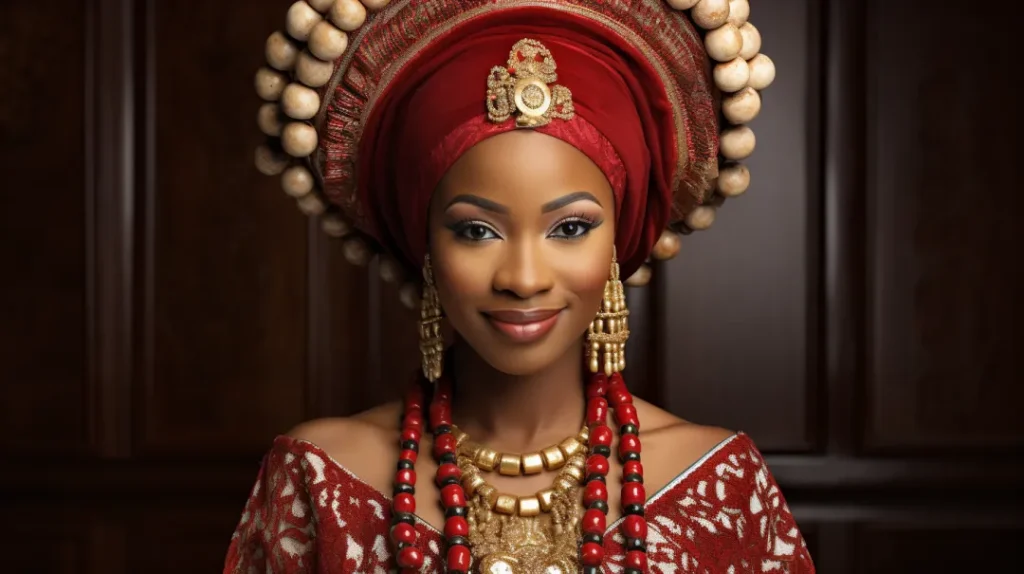
Embodying heritage and style, Nigerian weddings highlight traditional attire unique to different tribes, embellished with vivid colors, patterns, and royal-signifying coral beads. Each Nigerian tribe has its unique wedding attire, showcasing the diversity of the country’s cultural tapestry.
Brightly colored wedding outfits, often adorned with intricate patterns, carry symbolic meanings and are an essential part of the Nigerian wedding ceremony. These ensembles not only reflect the unique heritage of each tribe but also create a visually captivating display of Nigerian culture.
In a world where Western bridal fashion often dominates, Nigerian wedding ensembles stand out, celebrating the country’s rich cultural heritage and showcasing the beauty of traditional attire.
Moroccan Wedding Extravaganza: Takchitas and Henna Art
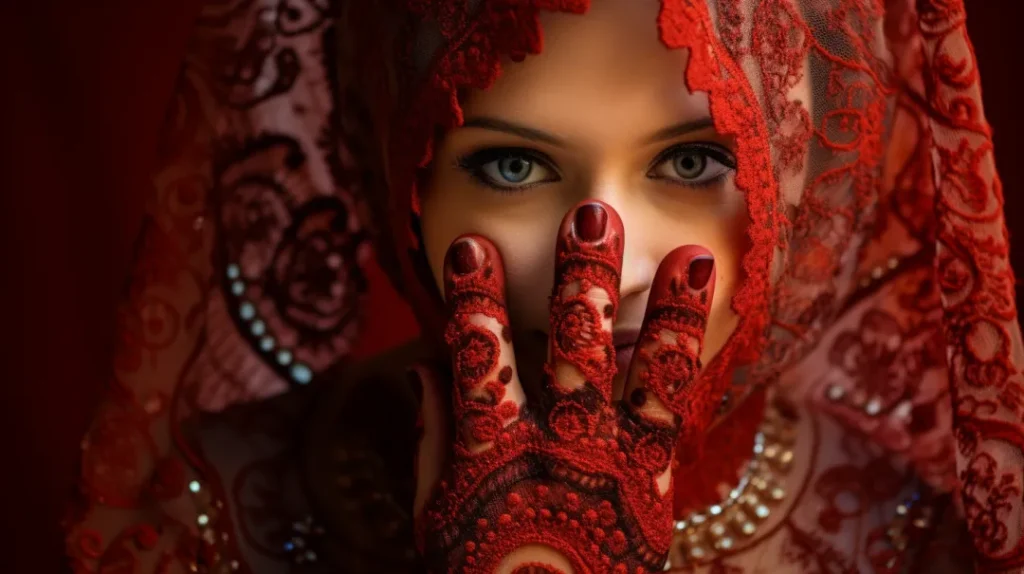
Featuring a series of traditional dresses called takchitas, Moroccan brides partake in a grand traditional wedding celebration as part of their bridal party. Leading up to the wedding day, brides wear vibrant takchitas in various colors, culminating in a white takchita for the wedding ceremony.
Integral to Moroccan wedding celebrations is the henna party, during which brides don a green and gold takchita, intricately embroidered and patterned in gold. Henna art is applied to the bride’s hands and feet, symbolizing good fortune and protection from evil spirits.
Moroccan weddings are a true spectacle, with takchitas and henna art taking center stage. Brides showcase their unique cultural heritage through these elaborate ensembles, creating an unforgettable wedding experience.
Vietnamese Áo Dài: Graceful Elegance in Silk
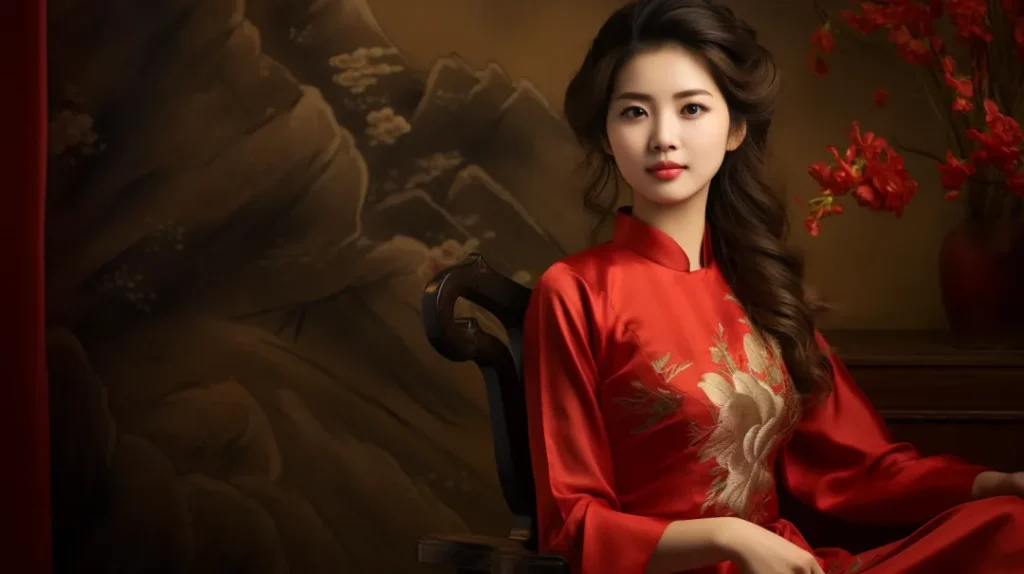
Symbolizing feminine elegance and beauty, the Vietnamese áo dài is a traditional silk tunic that gracefully flows over the bride’s body. With a mandarin collar, long sleeves, and side slits, the áo dài is a stunning representation of Vietnamese culture and fashion.
Silk is the favored material for the Vietnamese áo dài, but brocade, satin, lace, voile, and embroidery are also used to add variety and elegance to the garment, particularly for wedding occasions. The customary colors for Vietnamese brides include blue, purple, and brown, creating a visually striking ensemble that is both traditional and elegant.
Exemplifying Vietnamese bridal fashion, the áo dài encapsulates the country’s profound cultural heritage and the elegant grace of its brides.
Peruvian Andean Charm: Colorful Patterns and Unique Accessories
Displaying the charm of the Andean region, Peruvian brides wear colorful, multi-layered woolen skirts called polleras, wide-brimmed hats decorated with tassels and reflective materials, and specially crafted ponchos for their wedding day. These vibrant patterns and accessories reflect the rich cultural heritage of Peru and the Andean region.
Traditional Peruvian wedding attire includes:
Colorful fabrics
Embroidery
Lace
Wool
The wide hat, adorned with cloth tassels and reflective materials, is of cultural significance and may denote marital status or other cultural meanings.
The Peruvian Andean charm is evident in the brides’ colorful attire and unique accessories, creating a visually captivating ensemble that showcases the country’s rich cultural heritage.
Kenyan Tribal Traditions: Beaded Jewelry and Headpieces
Embracing their tribal traditions, Kenyan brides wear beaded jewelry and headpieces, thereby reflecting the distinctive attire of each tribe. These adornments are crafted from various materials, including:
metal
plastic
cowrie shells
bones
horn
seeds
In addition to beaded jewelry and headpieces, Kenyan brides often wear matching modern ‘African’ looks, featuring printed fabrics such as ankara, adire, and kente from West Africa or embroidered kaftans inspired by Arabic and West African influences. This fusion of traditional and modern elements creates a stunning ensemble that showcases Kenya’s diverse cultural heritage.
From colorful beaded jewelry to intricate headpieces, Kenyan bridal fashion is a beautiful tribute to the country’s rich tribal traditions and unique cultural identity.
Western Influence on Global Bridal Fashion
Western bridal fashion has profoundly influenced global wedding attire as numerous cultures integrate elements of Western-style gowns into their traditional costumes. The prevalence of white dress in wedding dresses, veils, and formal, sophisticated styles can be attributed to the influence of Western fashion, particularly the iconic white wedding dress.
This influence is evident in:
Indian weddings
Chinese weddings
Japanese weddings
Nigerian weddings
where Western bridal fashion elements have blended seamlessly into traditional attire. The widespread adoption of Western clothing, including bridal fashion, can be traced back to the colonial and post-colonial periods.
Even with the influence of Western bridal fashion, numerous cultures preserve their distinctive traditional dress as bridal attire, contributing to a diverse and intriguing global mosaic of wedding dresses that honor the rich cultural heritage of each region.
To understand how current global bridal trends are shaped, delve into our overview of Bridal Fashion Evolutions in 2024.
Summary
From the elegant Japanese kimono and the vibrant Indian lehenga to the intricate Moroccan takchitas and the graceful Vietnamese áo dài, wedding dresses around the world are a testament to the rich cultural heritage and unique traditions of each region. While Western bridal fashion has undoubtedly influenced global wedding attire, these diverse ensembles showcase the beauty of blending tradition with modernity, creating a breathtaking mosaic of bridal fashion that truly celebrates the spirit of love and unity.
For additional insights into the evolution and significance of bridal fashion, delve into our article on Wedding Dress Trends Over Time. Discover how historical trends have influenced modern bridal wear and how traditions continue to shape bridal choices today.
Frequently Asked Questions
What is the significance of red wedding dresses in Eastern cultures?
Red wedding dresses are a significant symbol of luck and celebration in Eastern cultures, representing life and joy.
What are the primary characteristics of Western bridal fashion that are frequently adopted by other cultures?
Western bridal fashion is characterized by the wearing of white gowns, veils, and a focus on formal sophistication. These styles are frequently adopted by other cultures when planning a wedding.
What is the importance of the green and gold takchita in Moroccan weddings?
The green and gold takchita is an important part of Moroccan weddings, as it symbolizes joy and good fortune. The traditional dress is worn by brides during the henna party.
What are the diverse traditional wedding attires for various Nigerian tribes?
Traditional Nigerian wedding attire varies depending on the tribe, from Aso-ebi and Gele to Edo and Igbo wedding attire.
What materials are typically utilized in traditional Peruvian wedding attire?
Traditional Peruvian wedding attire incorporates colorful fabrics, embroidery, lace, and wool to create a unique and stylish look.
Learn more about how celebrities shape bridal style choices in our article on The Impact of Celebrities on Bridal Fashion
Last updated 5 months ago.

